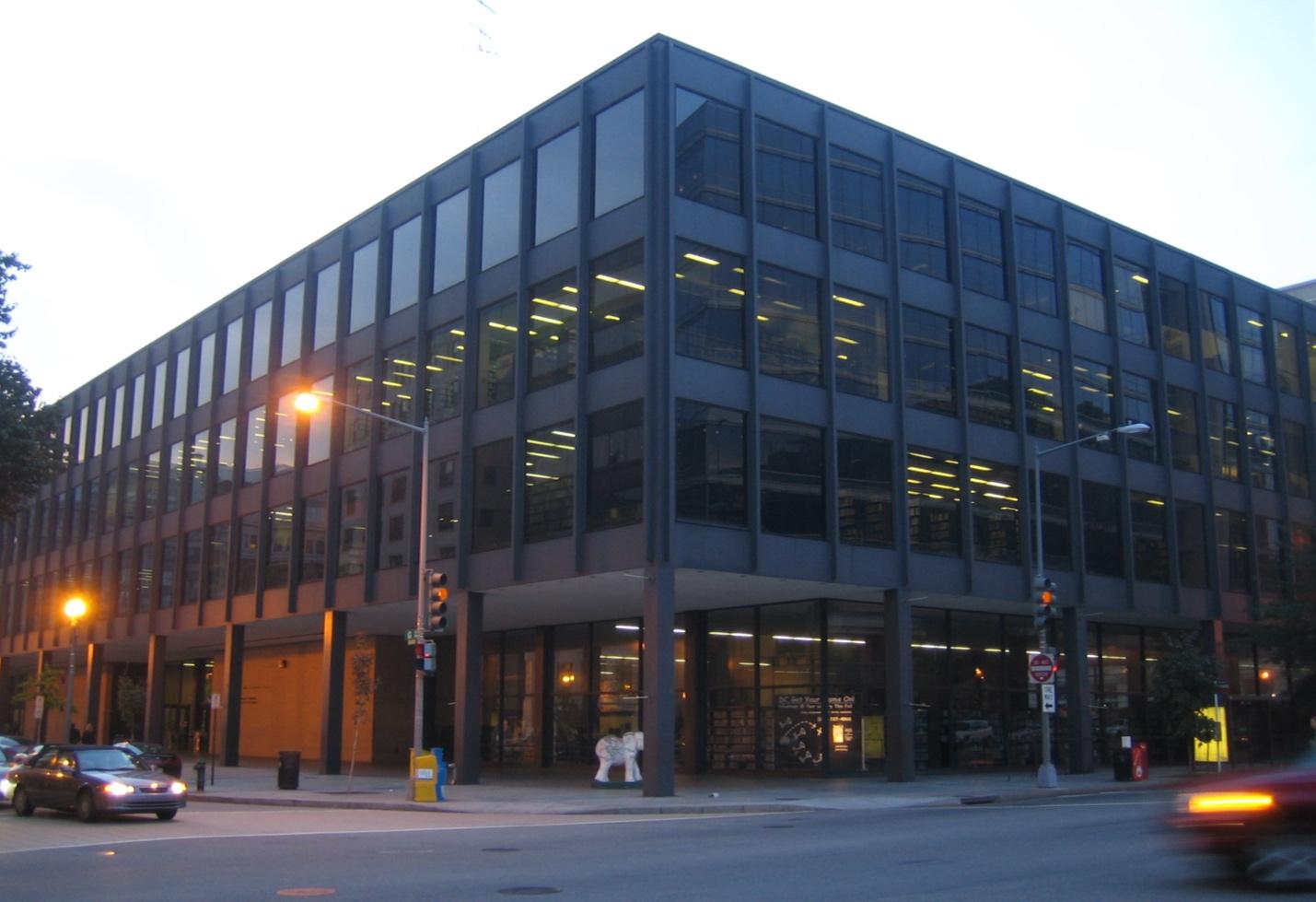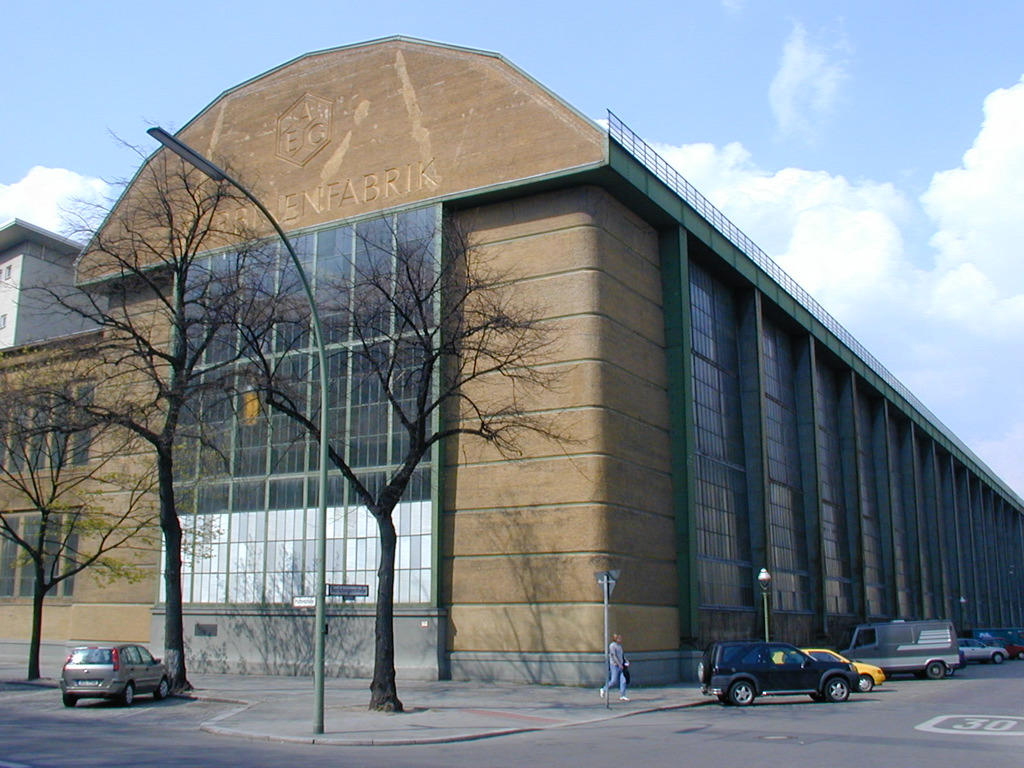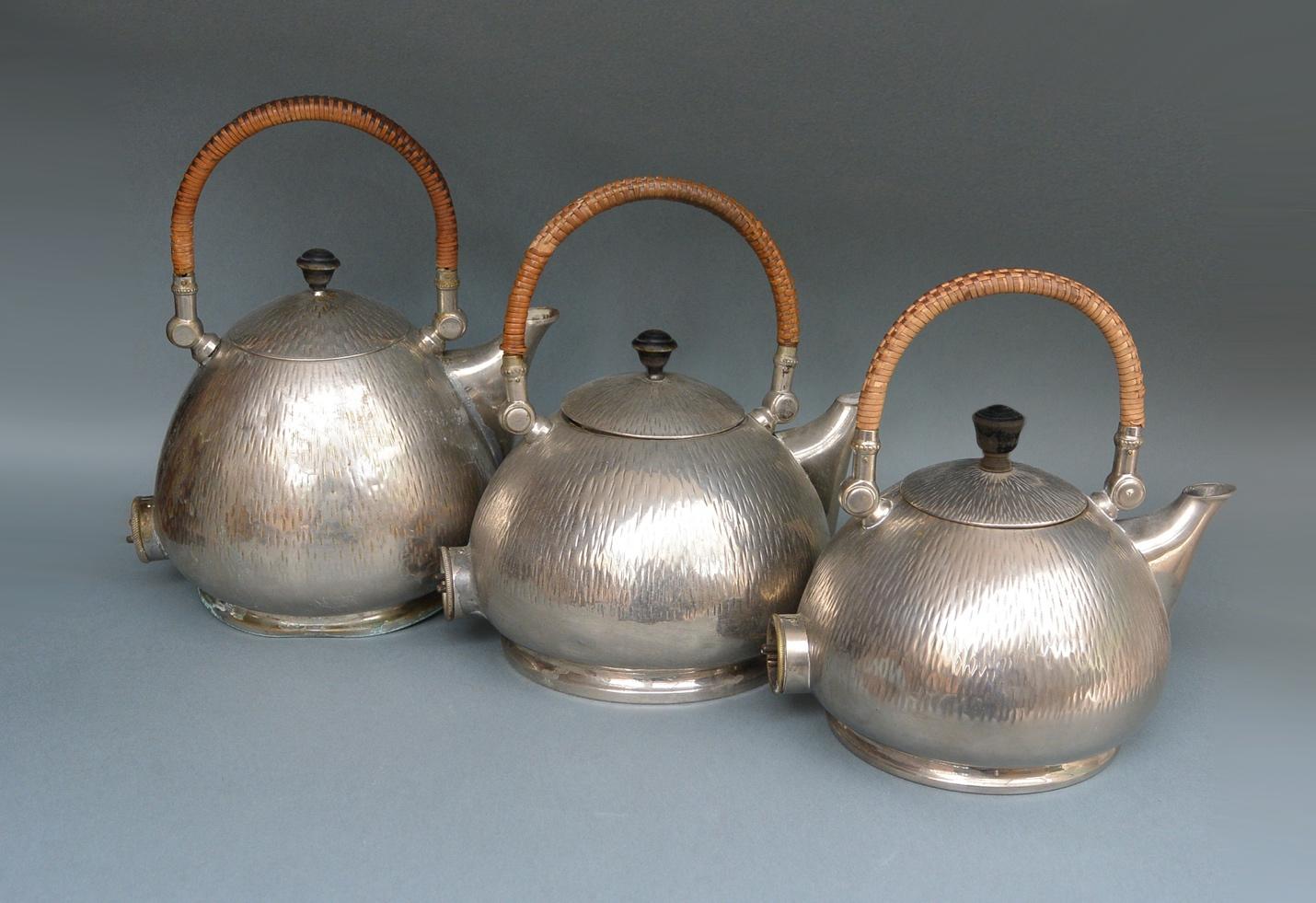12.7: The Bauhaus (1919-1933)
- Page ID
- 46323
Recovering from World War I, Germany became a land of old bourgeois of industrial and militarism caught in the time between Russian Communism and Nazi racism. Modern art was ushered in when Walter Gropius opened up an art school, simply known as the Bauhaus (German for school of building) (12.48). The school started in 1919 after World War I to create and spread idealistic perceptions of art and foundations of design.

Walter Gropius (1883-1969) was a German architect and founder of the Bauhaus who was drafted during World War I and awarded the Iron Cross twice. Gropius was responsible for training many great artists such as Paul Klee, Laszlo Moholy-Nagy, and Wassily Kandinsky, the Bauhaus was an instant success and a sought-after school by artists. Gropius designed the Bauhaus school's buildings advancing the art of modern architecture.
The Bauhaus trained their artists in the simplistic movement where less is more. Ludwig Mies van der Rohe (1886-1969) was a German architect and one of the pioneering leaders of modern architecture and director of the Bauhaus from 1930-1933. Von der Rohe was the designer of the famous Barcelona chair from 1929 (12.49) with material resembling blue jeans. The most recognizable chair in the world, it is a tribute to the Bauhaus movement based upon the marriage of design and craftsmanship.
After the Nazis closed the Bauhaus, most of the artists fled the country and Van der Rohe settled into Chicago. He designed the IBM Plaza (12.50) in Chicago and the Martin Luther King Jr. Memorial Library (12.51) in Washington, D.C. The library is 37,000 square meters of steel, brick, and glass representing one of the few modern architecture buildings in Washington. The Seagram Building (12.52) in New York redefined the concepts for modern skyscrapers with the structure set back from the street on an open plaza. The supporting configuration of the building was covered with a facing of bronze combined with the dark glass.



12.51 Martin Luther King Jr. Library
 13.65 Seagram Building
13.65 Seagram Building
Another influential Bauhaus architect was Peter Behrens (1868-1940) from Germany. Behrens was a designer influenced by industrial classicism. His building, the AEG Turbine Factory (12.53) built-in 1909, was revolutionary in its design features with windows 100 meters long and 15 meters high on both sides of the electrical company building.
Behrens also designed everyday goods like Clocks (12.54), the form of an industrial clock was designed for the AEG factory. The Tea Kettles (12.55) are similar in three different sizes with an electrical cord that could be unplugged for washing. When the Bauhaus finally closed in 1933, many of the students carried on the tradition of modern design, everyday items were seen as art pieces, yet functional. The Bauhaus still influences artists today.




